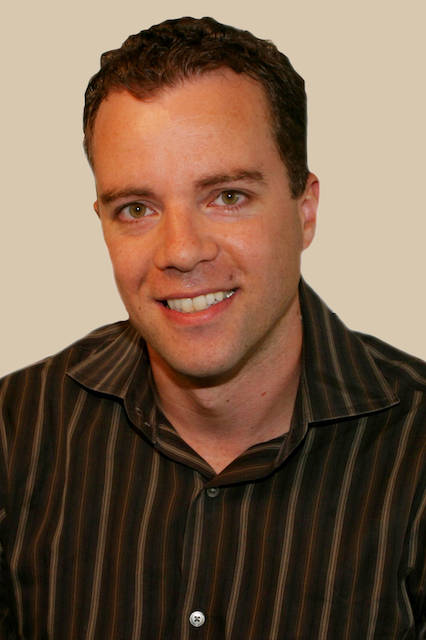What kind of legal wrong is copyright infringement? Scholars tend to unreflectively regard copyright infringement as a tort. In his elegant and insightful recent article, Unbundling the ‘Tort’ of Copyright Infringement, Patrick Goold complicates this received wisdom by applying rigorous conceptual analysis to a body of law—copyright—that is rarely analyzed in those terms. In so doing, Goold invites us to see copyright law in a new and more nuanced light, and also seeks to show that courts’ purportedly scattered approach to infringement may not be so incoherent after all.
The central premise of Goold’s article is simple: the orthodox view of copyright infringement as a single tort mischaracterizes how courts actually resolve infringement cases. Calling on Prosser’s classic disaggregation of privacy into a “gallery of torts,” Goold identifies five different “copy-torts”: consumer copying, competitor copying, expressive privacy invasion, artistic reputation injury, and breach of creative control. Each of these different copy-torts, Goold argues, reflects the distinct interests that courts seek to vindicate using copyright law.
Goold’s copy-torts insight is descriptively fascinating on its own terms, but also delivers numerous important insights. First, this approach lays bare the underappreciated complexity of the tort of copyright infringement itself, belying the standard view that all copyright infringement amounts to the same cause of action protecting the same kinds of interest. Second, and more ambitiously, Goold presents his copy-torts framework as a positive theory of copyright. That is, he argues that this lens can explain why and how courts appear to resolve infringement cases in radically different ways. Goold’s copy-tort framework shows that this variation is not inconsistent, but in fact a logical response to the need to respond differently to the distinct copy-torts at issue in different kinds of infringement cases.
This article is a sparkling example of the value that conceptual analysis can deliver in copyright (and other fields of legal study). Goold’s thesis is simple and elegant, and bears enormous promise as an analytical tool, one that can help us understand the idea of infringement better by providing a structural tool for elucidating the very different interests that exclusive rights in works of authorship may seek to protect.
Goold’s disaggregation of copyright torts also invites consideration of this approach in other areas. For example, the dominant physical property tort is trespass, which addresses all unauthorized entry to land regardless of the owner’s motivation for bringing suit. Trespass to land protects a multiplicity of interests—economic concerns, dignitary interests, privacy—in much the same way that the unitary tort of copyright infringement currently does. Goold’s insight about copyright suggests that property scholarship would do well to think about the value of recalibrating property’s torts to better reflect the different interests they protect.
The claim that the torts of copyright infringement capture a multiplicity of interests that may justify different infringement standards is an important one. Goold’s aim in this article is more descriptive than normative: He argues not that we should reframe infringement doctrine in terms of copy-torts, but that copy-torts framework is already implicitly at work in doctrine, and that the plural tort structure of copyright infringement explains extant divergences in judicial approaches to copyright law (and, moreover, that these approaches reflect “the correct legal standards in infringement actions”).
There is a core of truth to this claim. In many instances, courts’ different approaches to infringement seem to track on to different interests of owners. This alone stands as an important and novel contribution to copyright scholarship. But whether the copy-tort framework also explains how judges resolve infringement cases is much harder to prove. In making this argument, Goold’s case may have been stronger if he had more often wrestled with cases that complicate his theory, in addition to listing the many cases that support his claim. Consider, for example, the distinction between consumer copying (which he claims typically does not entail proof of reduced consumer demand for the plaintiff’s work) and competitor copying (which he argues typically does entail such proof).
This claim lies in tension with numerous cases in which courts have held defendants liable for infringement asserted by competitors even when there was no evidence that the infringement inflicted any negative effects on third parties. To take just one example, in Walt Disney Co. v. Filmation Associates, a court held that the defendants’ unauthorized use of film storyboards created by the plaintiff, a competitor film production company, amounted to copyright infringement even though its use did not (and indeed could not) divert any consumer demand away from the plaintiff’s movies. This and other cases do not pose a fatal challenge to Goold’s thesis, of course. All descriptive theories have to meet the challenge of explaining cases that do not seem to fit, and it is a measure of the breadth of Goold’s claim that it invites these kinds of hard questions.
Copy-torts provide an important conceptual tool for making sense of infringement analysis going forward even if the theory still requires refinement. They provide a coherent and useful account of the different interests at play in infringement cases, even if the distinctions between the copy-torts are not entirely hermetic. Goold’s insightful and excellently written article represents a major contribution to our understanding of copyright law and litigation that scholars and lawyers alike will find useful in disentangling some of copyright’s most difficult doctrinal challenges.








